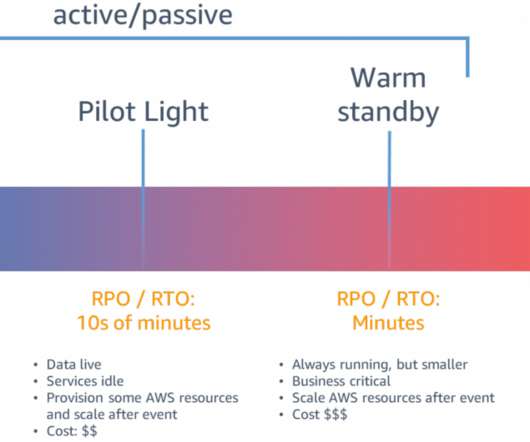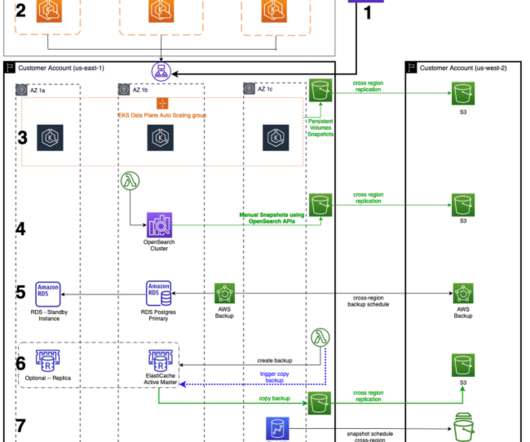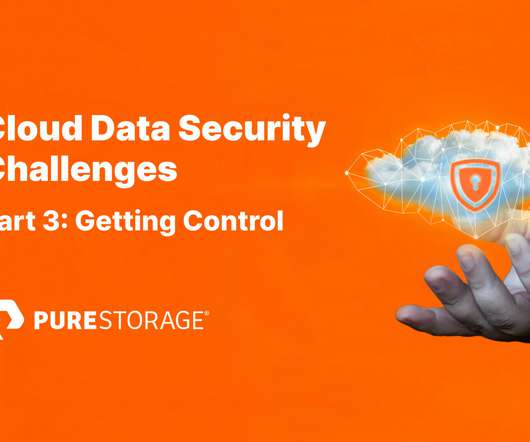Breakthrough Award: Nissan Australia, Our G.O.A.T. Winner for APJ
Pure Storage
JUNE 14, 2023
Winner for APJ by Pure Storage Blog From the family-friendly Qashqai SUV to the all-electric Leaf compact, Nissan Australia has a mobility solution for every Australian. Winner for APJ appeared first on Pure Storage Blog. Breakthrough Award: Nissan Australia, Our G.O.A.T. Congratulations to you and everyone at Nissan Australia!


















Let's personalize your content